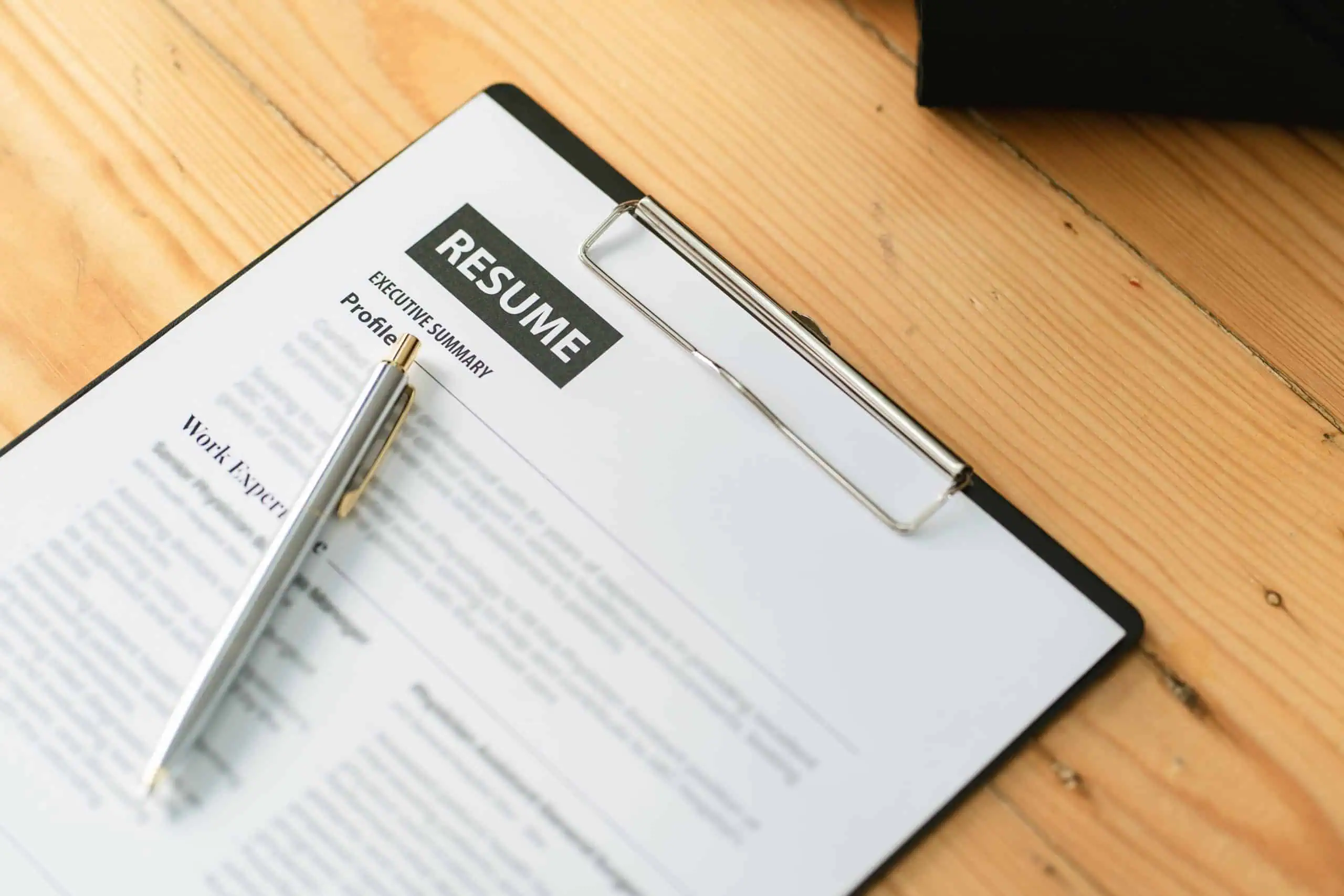Entering the job market can be daunting, especially for entry-level candidates. One of the most crucial tools is your resume, specifically the skills section. This guide is designed to help you understand and articulate the skills for your resume effectively. Whether you’re just starting or looking to pivot into a new role, knowing what skills to include and how to present them can set you apart from the competition.
In the following sections, we’ll explore different types of skills, methods for organizing them, and techniques to tailor them to specific job descriptions. Additionally, we’ll provide real-world examples of highlighting technical and soft skills, ensuring your resume makes a strong impression.
Ready to enhance your resume and increase your chances of landing your desired job? Let’s dive in and equip you with the tools to showcase your skills effectively.
Understanding Skills for Resume
When crafting a resume, it’s crucial to showcase the right skills. Employers often scan through resumes quickly, and your skills section can catch their eye. But what exactly should you include? It’s essential to consider both your hard and soft skills.
Firstly, let’s break down these two types:
- Hard Skills: Technical abilities and knowledge necessary for specific jobs. Examples include programming languages, machine operation, or accounting.
- Soft Skills: How you work and interact with others. Communication, problem-solving, and teamwork are all soft skills.
To gain further insights, consider visiting websites like O*NET Online, a tool for career exploration and job analysis that provides extensive details on the skills needed for various occupations.
With this understanding of the broad types of skills and the importance of cultural awareness, let’s see how you can list these skills effectively on your resume.
Types of Skills to Include on a Resume
Choosing the right skills for your resume can significantly improve your chances of catching an employer’s attention. Here are some of the most valuable types of skills you can include:
Industry-Specific Skills
These are skills specific to your field of work. For instance, a graphic designer might list Adobe Creative Suite, while a web developer might highlight their expertise in JavaScript and HTML.
Transferable Skills
These are skills that can be transferred from one job to another. Project management, leadership, and organizational skills are valuable in many roles.
Adaptive Skills
Also known as ‘survival skills,’ these include adaptability, persistence, and the willingness to learn, which are crucial for thriving in dynamic work environments.
When listing your skills, consider the balance between complex, often technical, and soft skills, which relate to your personality and how you interact with others. Both sets are critical, and highlighting a mix of these skills can make your resume more compelling.
Furthermore, understanding broader socio-cultural elements can enhance how you present your skills. For instance, familiarity with global markets or sensitivity towards Latino cultural norms could be crucial in specific roles.
For further guidance, resources like the Occupational Outlook Handbook from the U.S. Bureau of Labor Statistics offer valuable insights into which skills are in demand for various fields.
Next, look into how to list these skills on your resume to maximize impact effectively.
How to List Skills Effectively
After identifying the skills for your resume, the next step is listing them effectively. Here’s how you can do this:
Choose the Right Placement
Place your skills section where it’s most visible. For many, this is near the top, just after the contact information and professional summary.
Use Relevant Keywords
Use job descriptions to guide your keyword choices. Include skills that align closely with what employers are seeking. Also, ensure these skills are relevant to the position.
Be Specific
Instead of “good communication skills,” write “experienced in public speaking and complex negotiations.” Specificity helps clarify your capabilities.
Organize Skills Logically
Group similar skills together to keep your resume tidy and coherent. For example, list all software skills in one subgroup and interpersonal skills in another.
Quantify Achievements
Whenever possible, link your skills to measurable outcomes. For instance, “enhanced team productivity by 20% through effective project management.”
You can leverage tools like resume builders or templates on our site, or educational websites like Harvard to help structure and polish your skills section.
Equipped with these tips, your skills for a resume should stand out clearly to employers. Next, let’s delve into highlighting technical skills specifically.
Highlighting Technical Skills
Technical skills are essential for many positions, especially IT, engineering, and science. Here’s how you can effectively highlight your technical skills for your resume:
Detail-Specific Technologies and Tools
List the technical tools, software, and technologies you’re proficient in. Be specific, such as “Proficient in Adobe Photoshop, Illustrator, and InDesign.”
Include Certifications and Courses
Mention relevant certifications, courses, or training that showcase your expertise in specific technical areas. For example, “Certified ScrumMaster (CSM) – Scrum Alliance.”
Use Project Descriptions
Demonstrate your technical skills by describing past projects. Mention the role you played and the technologies used. For instance, “Developed a mobile application using React Native.”
Highlight Problem-Solving with Technology
Show how you’ve used your technical skills to solve problems. Detail the issue, your approach, and the tech you used. For example, “Automated data entry processes, reducing manual work by 40%.”
Linking technical skills with real-world applications clarifies your abilities and demonstrates their practical utility. For those looking to enhance their technical skills further, explore resources like Coursera for a wide range of specialized courses.
Now that you know how to showcase technical skills, let us consider how to emphasize your soft skills similarly.
Emphasizing Soft Skills
Soft skills are equally vital as technical skills, especially in roles requiring solid interpersonal interactions. Here’s how to highlight these on your resume:
Show Communication Skills
Describe experiences where your communication was vital. Example: “Facilitated cross-departmental meetings to enhance project alignment.”
Demonstrate Leadership
Include experiences where you led teams or projects. For instance, “Led a team of 10 in a project that increased company revenue by 15%.”
Highlight Adaptability
Illustrate times when you adapted to changes. Say, “Adapted sales strategies during COVID-19 to boost online sales.”
Discuss Team Collaboration
Mention your contribution to team efforts. Example: “Collaborated on a project that won ‘Best Innovation Award’ at a national conference.”
To strengthen your soft skills, consider taking courses from reputable sources like TED-Ed, which offers lessons on various personal development topics.
A well-balanced resume with technical and soft skills makes you a strong candidate. Next, focus on tailoring these skills to meet specific job descriptions.
Tailoring Skills to the Job Description
Customizing your skills for a resume based on the job description is a strategic move. It ensures your resume speaks directly to the employer’s needs. Here’s how you can tailor your skills effectively:
Analyze the Job Ad
Carefully read the job listing to identify critical skills the employer prioritizes. Note the exact terms they use.
Match Your Skills to the Job
Select skills from your arsenal that best match the job description. Prioritize these skills on your resume.
Use the Employer’s Language
Mirror the language used in the job ad. If they mention “collaborative,” include “collaborated on projects” in your skills or experiences.
Provide Contextual Examples
Support your skills with examples. If “problem-solving” is required, detail a situation where you solved a complex problem effectively.
By aligning your skills with the job demands, you demonstrate to employers that you are a well-suited candidate. This approach not only grabs the attention of hiring managers but also boosts your chances of getting through applicant tracking systems.
Next, let’s examine how to present these skills compellingly through well-crafted skill statements on your resume.
Examples of Skill Statements
Crafting impactful skill statements on your resume can significantly demonstrate your qualifications and value. Here are structured examples that show how to fuse skills with achievements:
For Technical Skills:
Data Analysis: “Utilized Python to analyze customer data, resulting in a 30% increase in targeting accuracy and a 15% increase in sales.”
For Soft Skills:
Communication: “Developed comprehensive monthly reports and presented findings to management, improving departmental knowledge sharing and decision-making efficiency.”
For Leadership Skills:
Team Management: “Directed a team of 12 in a high-stakes project, culminating in on-time delivery and a 20% increase in client satisfaction.”
Each statement is tailored to show the skill and its measurable impact. This approach helps hiring managers quickly see the direct benefits their skills could bring to their organization.
With your skills effectively displayed in each statement, the final step is combining these skills with your overall achievements. Next, we’ll explore integrating these elements into your resume.
Integrating Skills with Achievements
Combining your skills and achievements on your resume creates a powerful narrative about your professional effectiveness. Here’s how to integrate these elements seamlessly:
Select Relevant Achievements
Choose achievements that directly relate to the skills you want to highlight. This alignment shows your proficiency in action.
Use Action Verbs
Start each statement with a strong action verb. Words like “developed,” “implemented,” and “achieved” set a dynamic tone.
Quantify Results
Where possible, add numbers to quantify your achievements. For example, “Increased sales by 25% through strategic content marketing.”
Link Skills to Outcomes
Link each skill to a specific outcome. This connection helps employers see the practical impact of your abilities.
This strategic presentation demonstrates your skills and potential impact on future projects. Now, let’s prepare to answer common questions in the FAQs section about skills for resumes.
FAQs on Skills for Resume
What are the top five skills employers look for?
Employers often seek candidates with teamwork, problem-solving, communication, time management, and technical skills specific to the job.
How many skills should I list on my resume?
It’s best to list between 5-10 skills. Focus on the ones most relevant to the job you’re applying for to keep your resume concise and targeted.
Should I rate my skills on my resume?
Rating skills can be subjective and misleading. Instead, provide clear examples of how you’ve used the skills effectively in your past roles.
Is it necessary to include both hard and soft skills?
Yes, showcasing a balance of hard and soft skills provides a well-rounded view of your capabilities and how you can contribute to a team.
How can I identify the skills needed for a particular job?
Review the job description carefully. Employers usually list the skills and qualifications they are looking for in candidates.
Addressing these common questions should help clarify how to present your skills on your resume effectively. To sum up the key takeaways, we’ll head to our conclusion.
Conclusion
Effectively presenting your skills for a resume is crucial in today’s competitive job market. By strategically listing and tailoring your skills, you enhance your visibility to potential employers. Remember to incorporate hard and soft skills and align them with specific job requirements to demonstrate your suitability for the role.
Your resume is your first opportunity to make a good impression. Make it count by clearly and concisely showcasing your abilities. Detailed examples and quantifiable achievements can significantly bolster the impact of your skills section.
Finally, if you’re exploring job search websites, seeking more resources or opportunities, consider joining our community at Diversity Employment. Here, you’ll gain access to a wealth of information and job listings that value diversity and inclusion. It’s an excellent step toward advancing your career in a supportive environment.
Upgrade your job search join Diversity Employment, and post your resume today! Discover the benefits of working in an inclusive and diverse workplace where your skills and experiences are genuinely valued.




